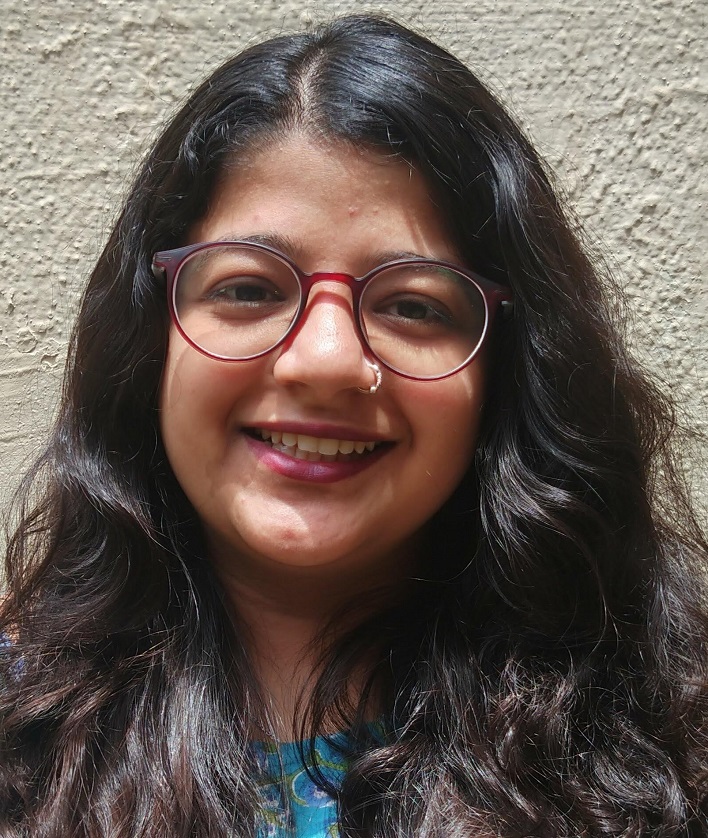Conflict Alerts # 33, 26 February 2020
 Sukanya Bali
Sukanya Bali In the news
On 23 February, violence erupted in Delhi, leaving more than 20 dead and 200 injured in the first two days of violence in the northeast parts of the capital. The violence escalated between Hindu-right-wing groups supporting the CAA and anti-CAA protestors, in the Muslim majority areas including Jaffrabad, Chand Bagh, Shaheen Bagh, Bhajanpur and few other locations.
The violence expanded, as the protestors burnt vehicles, pelted stones at each other, fired shots, hurled petrol bombs and attacked shops and vehicles.
Curfew has been imposed at several locations in Delhi.
Issues at large
The Citizenship Amendment Bill, which has been criticised as an anti-Muslim bill, came into effect on 11 December 2019. Clashes broke out on 23 February against the bill. Post CAA, Delhi was witnessing tensions that started with the student protests in Jamia Milia Islamia. Violent clashes between students and rioters escalated during the Delhi elections, when a gunman opened fire at student protestors on 30 January. Mobs vandalized places of worship on Tuesday evening, which further paralyzed the capital.
Earlier this month, the increasing protest leading to blockades, rose a matter of concern for the public. The Supreme Court expressed agitation over, ‘what if another section, will choose the same path for some cause’. Justice Sanjay K Kaul and K M Joseph said ‘indefinite protest on roads cannot be permitted’.
Numerous reports consider the incendiary speeches by BJP leaders Kapil Mishra and Anurag Thakur, as the trigger for the violence. On 23 February, Kapil Mishra led a rally in favour of the law, demanding police to remove protestors in three days. “We will wait till Trump is here. But after that, we won’t even listen to you, if the roads aren’t cleared, we appeal to the police, to clear Jaffrabad and Chand Bagh till Trump leaves. If not, we’ll have to take to the streets.”
The Supreme Court on Monday adjourned ongoing CAA protests hearing till Wednesday. Advocate Sanjay Hedge and Sadhana Ramachandran, the court interlocutors submitted a report to the Supreme Court of their four-day attempt to persuade the protestors at Shaheen Bagh, to shift to another location.
Former bureaucrat, Wahjahat Habibullah filed an application to the Supreme Court to ensure the safety of the protestors. He sought to register FIRs against attacks and security for women protesting in Shaheen Bagh. He also alleged that Kapil Mishra was behind the provocation of this violence. Supreme Court agreed to hear both the cases on Wednesday.
In perspective
The agitation by pro and anti CAA protestors is borne by the population through blockades on roads and metros, destruction of public commute and property leading to shut-down of school and change in the CBSE board exam.
The protest has divided the society along political, religious lines and has disrupted the lives of the common man.
Continuous violence has put India's secular status at risk and showcased a failed center and peace in the newly-elected state, of the country.